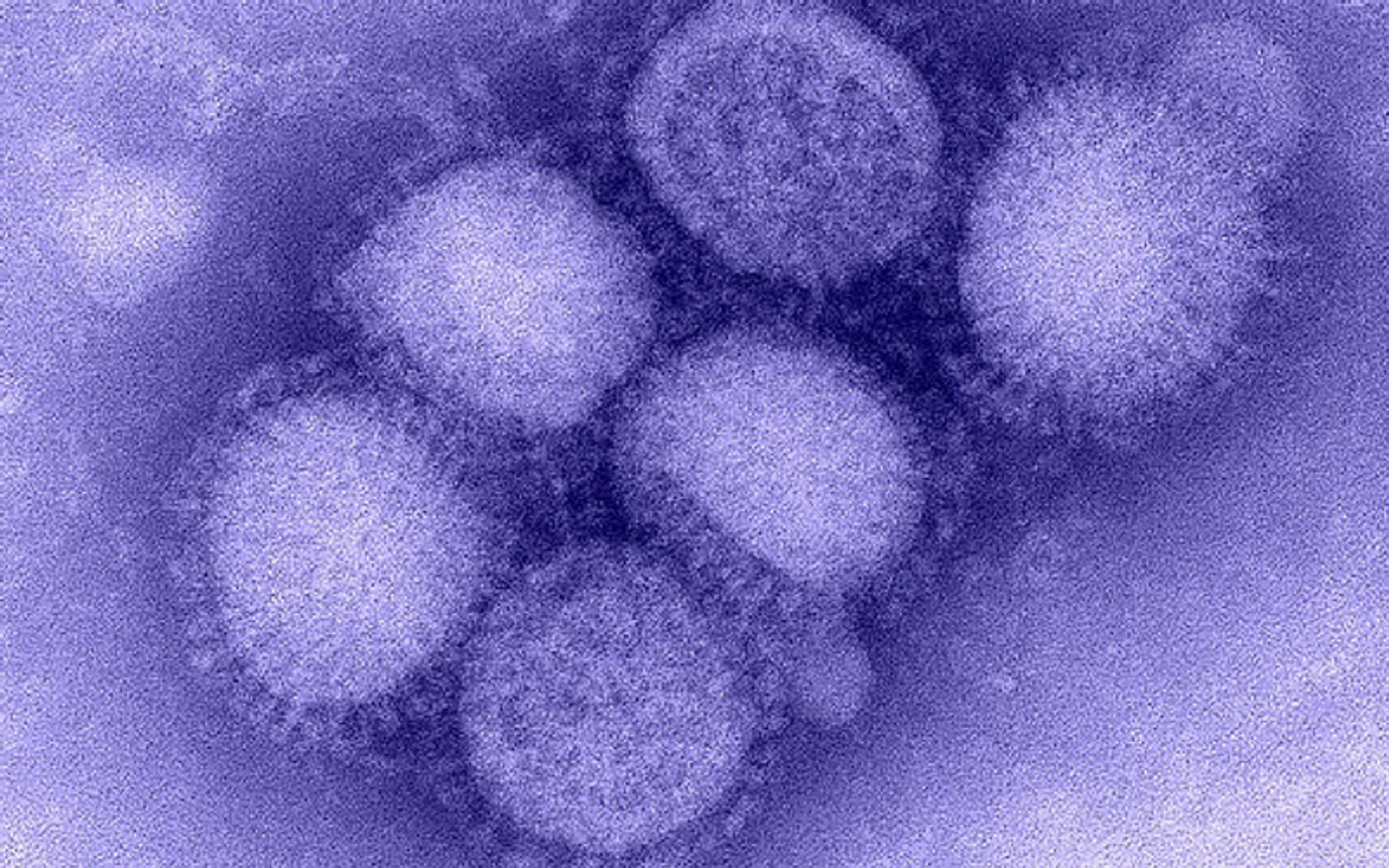Universal Vaccine for Multiple Influenza Viruses
Sometimes it’s hard to convince people to get the annual flu vaccine, especially when the current vaccine struggles to effectively prevent an influenza infection. Now from Georgia State University, scientists offer a solution: a universal flu vaccine to overcome the limitations of the seasonal flu vaccine.
Influenza has caused up to 56,000 deaths in the United States in the past eight years, experts from the Centers for Disease Control and Prevention (CDC) estimate. Young children, the elderly, and otherwise immunocompromised populations are particularly susceptible to poor outcomes as a result of flu infection.
"Vaccination is the most effective way to prevent deaths from influenza virus, but the virus changes very fast and you have to receive a new vaccination each year," said Georgia State’s Dr. Bao-Zhong Wang. "We're trying to develop a new vaccine approach that eliminates the need for vaccination every year.”
The seasonal flu vaccine is developed every year based on expert predictions of which influenza strains will be the most prominent and dangerous in the coming year. But scientists can make a wrong or incomplete prediction, and new viruses can develop. The new universal vaccine could decrease dependency on seasonal vaccines that don’t always meet needed expectations.
Seasonal flu vaccines work by targeting the head of a flu protein called hemagglutinin (HA). However, the head is often different for each virus, so for complete protection the vaccine would have to account for all of the different variations. The new approach instead targets the inside part of HA, the “stalk.” This part HA is conserved among most flu strains, making it a better candidate for vaccine development.
Like vaccines that target the head, the new vaccine triggers production of antibodies by the immune system that can identify inactivated viral particles so when the body encounters activated virus in the real world, the immune system will be ready to fight it off. Instead of being equipped to target viral particles that contain the head, the antibodies produced by the new vaccine will target viral particles with the stalk.
“This way you're protected against different viruses because all influenza viruses share this stalk domain,” Wang explained.
Scientists developed the new vaccine with double-layered protein nanoparticles to make up for instability in the stalk domain. The nanoparticles protect the stalk so it won’t be degraded. Then, they tested the vaccine in mice who were exposed to several influenza viruses, including the H1N1 virus that caused thousands of deaths in 2009. The results showed successful immunization; the vaccine conferred complete protection, and researchers observed a massive reduction in viral levels in the lungs.
The universal flu vaccine isn’t quite ready to hit the pharmacy, but further testing will confirm that this vaccine approach provides long-term immunity for humans.
The present study was published in the journal Nature Communications.
Source: Georgia State University









